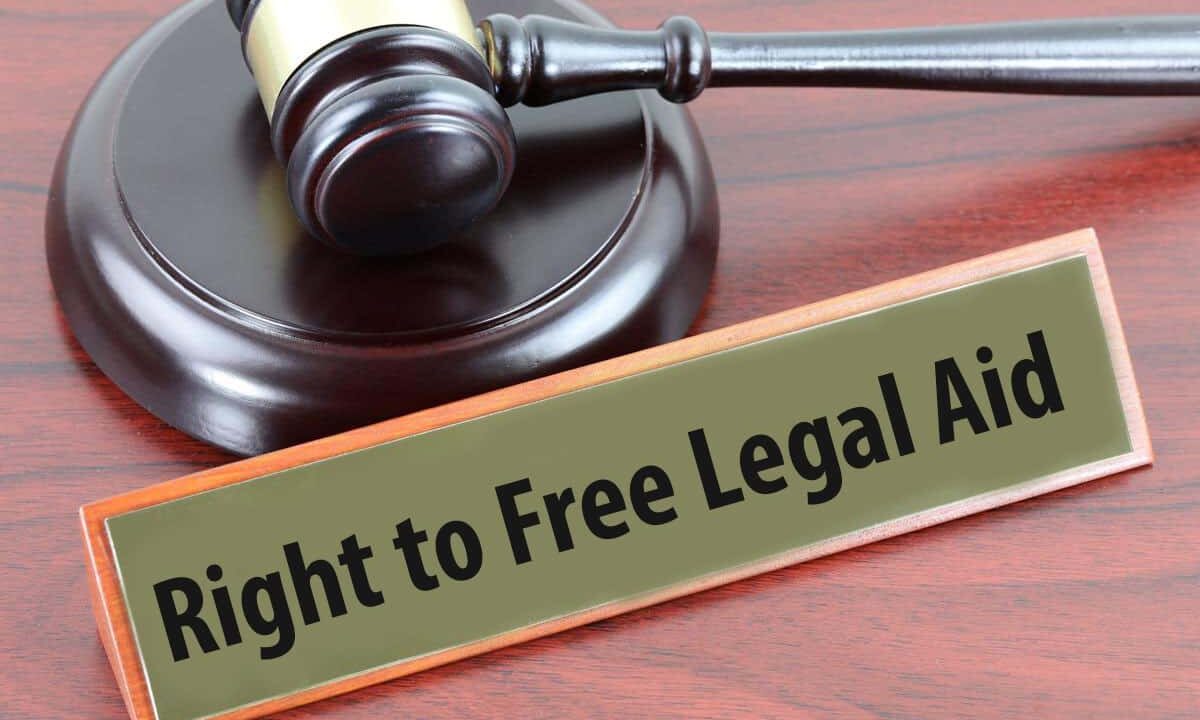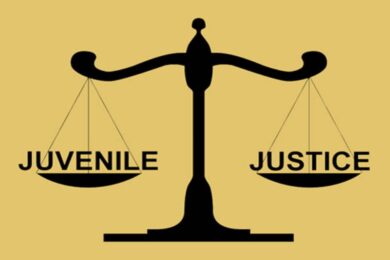
Introduction
In a democracy like India, justice must not be the privilege of the wealthy or educated alone. Every citizen, regardless of their social or economic status, must have equal access to the law. The concept of legal aid is rooted in this ideal. It ensures that even the most marginalized can assert their rights, receive a fair trial, and find recourse against exploitation.
Legal aid is not charity; it is a constitutional guarantee under Article 39A of the Indian Constitution. Through legal aid services, the state attempts to fulfill its duty to provide equal justice and ensure that economic or social handicaps do not block access to justice.
1. Constitutional and Legal Framework
a. Article 39A (Directive Principles of State Policy)
Inserted by the 42nd Constitutional Amendment (1976), Article 39A mandates:
Free legal aid for the poor and weaker sections.
Promotion of justice on the basis of equal opportunity.
Though not enforceable by courts (as a DPSP), it acts as a guiding principle for state policy.
b. Article 14 and Article 21
Article 14 guarantees equality before the law.
Article 21 ensures the right to life and personal liberty, interpreted to include the right to a fair trial, which in turn includes access to legal aid.
c. Legal Services Authorities Act, 1987
This Act established a statutory framework for providing legal aid:
Created National Legal Services Authority (NALSA).
Established State Legal Services Authorities (SLSA) and District Legal Services Authorities (DLSA).
Provides for Lok Adalats, legal awareness programs, and legal aid clinics.
Section 12 of the Act defines who is eligible for free legal services.
2. Who is Entitled to Legal Aid?
Under Section 12 of the Legal Services Authorities Act, 1987, free legal aid is available to:
Members of Scheduled Castes or Scheduled Tribes.
Victims of trafficking or beggars.
Women and children.
Persons with disabilities.
Victims of natural disasters, ethnic violence, or industrial disasters.
Persons in custody or custody-like situations (including prisoners).
Persons with income less than the prescribed threshold (varies by state).
3. Modes of Legal Aid Delivery
Legal aid is not limited to courtroom representation. It includes:
a. Legal Advice
Free legal consultation to explain the law and available remedies.
b. Legal Representation
Free legal counsel provided for civil, criminal, and constitutional cases.
c. Lok Adalats
Alternative Dispute Resolution (ADR) forums that settle cases amicably.
Saves time and cost, especially for compoundable offenses and civil disputes.
d. Legal Literacy and Awareness
Campaigns, pamphlets, legal literacy classes to inform citizens of their rights.
e. Para-Legal Volunteers (PLVs)
Trained community volunteers who help people navigate the legal system.
f. Legal Aid Clinics
Set up in law colleges, courts, and remote areas to provide grassroots access.
4. Role of Institutions
a. National Legal Services Authority (NALSA)
Apex body for formulating policies and monitoring legal aid programs.
Organizes nationwide campaigns like “Connecting to Serve”.
b. State and District Legal Services Authorities (SLSA & DLSA)
Implement legal aid schemes at state and district levels.
Appoint legal aid counsels and organize Lok Adalats.
c. High Court and Supreme Court Legal Services Committees
Cater to legal aid needs in the higher judiciary.
5. Landmark Judgments Supporting Legal Aid
a. Hussainara Khatoon v. State of Bihar (1979)
Right to free legal aid is part of Article 21.
Highlighted plight of undertrials who remained in jail for years due to lack of legal assistance.
b. Khatri v. State of Bihar (1981)
Legal aid must be provided at the time of arrest and not just at the trial.
c. State of Maharashtra v. Manubhai Pragaji Vashi (1995)
Legal aid must include law libraries and legal training for paralegal volunteers.
6. Challenges in Legal Aid Implementation
Despite robust laws and infrastructure, the implementation of legal aid in India faces several obstacles:
a. Lack of Awareness
Many eligible individuals, especially in rural areas, are unaware of their right to free legal services.
b. Perception of Low-Quality Services
Legal aid lawyers are often perceived as inexperienced or uncommitted, affecting public confidence.
c. Inadequate Funding and Resources
Budget constraints lead to insufficient staff, poor infrastructure, and limited outreach.
d. Urban-Rural Divide
Legal aid facilities are concentrated in urban centers, while rural and remote areas remain underserved.
e. Lack of Monitoring
Quality control and performance evaluation of legal aid services is inconsistent.
7. Reforms and Recommendations
To make legal aid truly universal and effective:
✅ Increase Awareness
Integrate legal education into school curriculum.
Use digital media and local languages to spread awareness.
✅ Strengthen Legal Aid Clinics
Make them functional, well-equipped, and student-driven.
Use technology platforms to expand reach.
✅ Improve Quality of Legal Aid Lawyers
Provide better training, incentives, and performance-based recognition.
Build a pool of dedicated legal aid professionals.
✅ Use of Technology
Mobile legal aid vans, video conferencing, and legal aid helplines.
NALSA’s Legal Aid Management System (LAMS) should be expanded and optimized.
✅ Community Involvement
Encourage local NGOs, SHGs, and volunteers to act as intermediaries.
8. Role of Legal Education and Law Schools
Law colleges and universities can become active partners in promoting legal aid by:
Running legal aid clinics in association with DLSAs.
Including clinical legal education in the curriculum.
Engaging students in real-world problem-solving and client counseling.
9. Impact of Legal Aid in India
Thousands of undertrials have been released due to timely intervention.
Lok Adalats have helped settle lakhs of pending cases.
Legal literacy camps have empowered women, tribals, and disabled persons to fight injustice.
Example: The “Connecting to Serve” campaign helped tribal women in Jharkhand reclaim forest land rights.
Conclusion
Legal aid is one of the most transformative tools in the Indian legal system. It translates the lofty promises of justice, liberty, and equality into real and tangible benefits for the people. While India has taken significant steps in institutionalizing legal aid, the goal of universal and effective access to justice is still a work in progress.
To realize true legal empowerment, we must invest in awareness, infrastructure, training, and systemic reform. A robust and inclusive legal aid framework is not just essential for protecting individual rights — it is indispensable for strengthening democracy itself.








No Comments